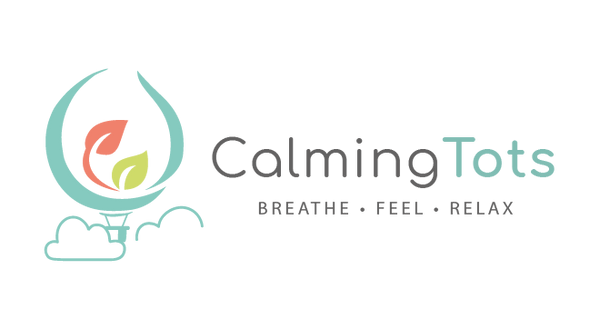Are all Essential Oils safe to use on my kids?
Essential oils are the essence of plants—concentrated extracts obtained through methods like steam distillation or cold pressing. These oils encapsulate the aromatic compounds and therapeutic properties of their botanical origins. When used correctly, they can be potent allies for children's health, providing a range of physical and emotional benefits.
For children, the key is to start with gentle oils. Whether you're looking to improve sleep or address common childhood ailments, opting for oils that are well-tolerated is crucial. Plant Therapy, a reputable essential oil brand, has simplified the selection process. Their single oils are distinctly labeled with the KidSafe logo, signifying oils considered safe for children. Importantly, being labeled as KidSafe does not imply dilution; it merely indicates the absence of constituents harmful to children. Find out more about the KidSafe label in this blogpost here.
What are the recommended Dilution Guidelines for Little Ones?
The golden rule when it comes to using essential oils on young children is "less is more." Recommending lower dilution rates ensures a cautious approach. For babies under 2 years old, starting with a dilution of 0.1%-0.5% is advisable. This can be achieved through gentle topical application or, preferably, diffusion, which minimizes direct contact with the skin.
Dilution Guidelines for Infants and Toddlers: Understanding the appropriate dilution for different age groups is paramount. For infants aged 0-3 months, a dilution of 0.1%-0.2% is recommended, while toddlers aged 3-24 months can benefit from a slightly higher dilution of 0.25%-0.5%. This gradual increase allows for a cautious introduction of essential oils to their developing systems.
The chart below outlines suggested dilution guidelines for appropriately diluting essential oils:

Other Alternatives?
For babies, hydrosols offer a water-based option. Lavender hydrosol, for instance, promotes relaxation and can be safely spritzed directly on the baby or their bedding. The milder nature of hydrosols makes them a gentle choice for the youngest members of the family.
Diffusing essential oils for short intervals—30 to 60 minutes a few times a day—offers a safer alternative to topical application. Diffusing reduces the risks associated with direct skin contact, making it a preferred method, especially for younger children.
Safety Precautions
Ensuring the safety of your child is paramount when using essential oils. Key precautions include avoiding essential oils around infants under three months, performing patch tests for potential sensitivities, and storing oils out of reach. Consulting healthcare professionals, including pediatricians and aromatherapists, is crucial if concerns arise.
Essential oils can be valuable tools in supporting your child's physical and emotional well-being. With careful consideration, education, and adherence to safety guidelines, parents can confidently incorporate these aromatic wonders into their children's natural wellness journey. Embrace the potential of essential oils, and nurture your child's wellness with the gentle power of nature.


